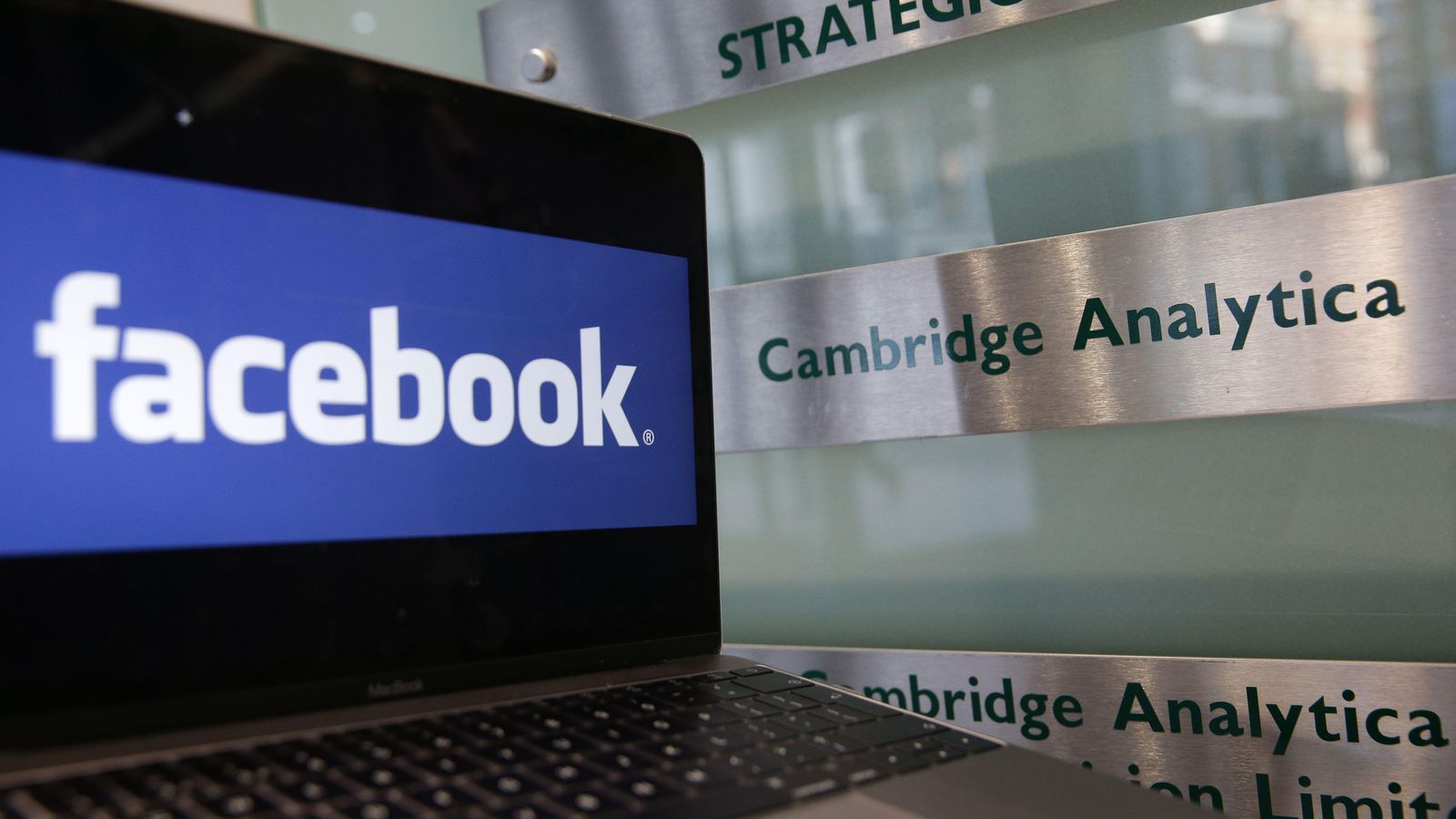The Mozilla organization, Internet Society, and the web foundation have spoken out about the current “techlash” that is posing a strong risk to the Internet on their blogs. They want the G20 to address the issues causing techlash at the ongoing G20 Digital Economy Ministerial Meeting this week.
Techlash, a term originally coined by The Economist last year, refers to a strong response against major tech companies due to concerns over power, user privacy, and security. This techlash is caused by security and privacy concerns for users on the web.
As mentioned in their (Mozilla, Internet Society, web foundation) blog post, “once thought of as the global equalizer, opening doors for communication, work opportunities, commerce and more – the Internet is now increasingly viewed with skepticism and wariness. We are witnessing a trend where people are feeling let down by the technology they use”.
The Internet is estimated to contribute US$6.6 trillion a year in the G20 countries by 2020. For developing nations, the rate at which digital economy is growing is 15 to 25 percent a year. Yet, the internet seems to be at continuous risk. This is largely due to the reasons like data breaches, silence around how data is utilized and monetized, cybercrime, surveillance as well as other online threats that are causing mistrust among users.
The blog reads that “It is the priority of G20 to reinject hope into technological innovation: by putting people, their rights, and needs first”. With over 100 organizations calling on the leaders at the G20 Digital Economy Ministerial Meeting this week, the urgency speaks highly of how the leaders need to start putting people at “the center of the digital future”.
G20 comprises of the world’s largest advanced and emerging economies. It represents, about two-thirds of the world’s population, 85% of global gross domestic product and over 75% of global trade These member nations engage with guest countries and other non-member countries to make sure that the G20 presents a broad range of international opinion.
The G20 is famous for addressing issues such as connectivity, future of work and education. But, topics such as security and privacy, which are of great importance and concern to people across the globe, haven’t featured equally as prominently on discussion forums. According to the blog post, “It must be in the interest of the G20 as a global economic powerhouse to address these issues so that our digital societies can continue to thrive”.
With recent data issues such as a 16-year-old hacking Apple’s “super secure” customer accounts, idle Android devices sending data to Google, and governments using surveillance tech to watch you, it is quite evident that the need of the hour is to make the internet a secure place. Other recent data breaches include Homebrew’s Github repo getting hacked in 30 minutes, TimeHop’s data breach, and AG Bob Ferguson asking Facebook to stop discriminatory ads. Companies should be held accountable for their invasive advertising techniques, manipulating user data or sharing user data without permission. People should be made aware of the ways their data is being used by the governments and the private sector.
Now, there are measures being taken by organizations at an individual level to make the internet more safe for the users. For instance, DARPA is working on AI forensic tools to catch deepfakes over the web, Twitter deleted 70 million fake accounts to curb fake news, and EU fined Google with $5 billion over the Android antitrust case. But, with G20 bringing more focus to the issue, it can really help protect the development of the Internet on a global scale. G20 members should aim at protecting information of all the internet users across the world. It can play a detrimental role by taking into account people’s concerns over internet privacy and security.
The techlash is ”questioning the benefits of the digital society”. Argentine President, Mauricio Macri, said that to tackle the challenges of the 21st century “put the needs of people first” and it's time for G20 to do the same.
Check out the official blog post by Mozilla, Internet Society and Web Foundation.
1k+ Google employees frustrated with continued betrayal, protest against Censored Search engine project for China
Four 2018 Facebook patents to battle fake news and improve news feed
Time for Facebook, Twitter, and other social media to take responsibility or face regulation
Read more
 United States
United States
 Great Britain
Great Britain
 India
India
 Germany
Germany
 France
France
 Canada
Canada
 Russia
Russia
 Spain
Spain
 Brazil
Brazil
 Australia
Australia
 South Africa
South Africa
 Thailand
Thailand
 Ukraine
Ukraine
 Switzerland
Switzerland
 Slovakia
Slovakia
 Luxembourg
Luxembourg
 Hungary
Hungary
 Romania
Romania
 Denmark
Denmark
 Ireland
Ireland
 Estonia
Estonia
 Belgium
Belgium
 Italy
Italy
 Finland
Finland
 Cyprus
Cyprus
 Lithuania
Lithuania
 Latvia
Latvia
 Malta
Malta
 Netherlands
Netherlands
 Portugal
Portugal
 Slovenia
Slovenia
 Sweden
Sweden
 Argentina
Argentina
 Colombia
Colombia
 Ecuador
Ecuador
 Indonesia
Indonesia
 Mexico
Mexico
 New Zealand
New Zealand
 Norway
Norway
 South Korea
South Korea
 Taiwan
Taiwan
 Turkey
Turkey
 Czechia
Czechia
 Austria
Austria
 Greece
Greece
 Isle of Man
Isle of Man
 Bulgaria
Bulgaria
 Japan
Japan
 Philippines
Philippines
 Poland
Poland
 Singapore
Singapore
 Egypt
Egypt
 Chile
Chile
 Malaysia
Malaysia















